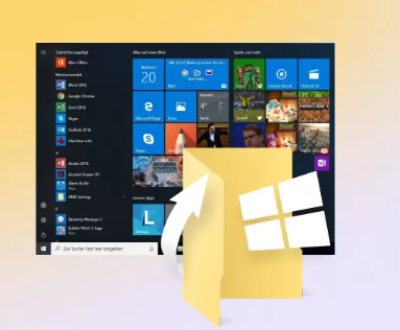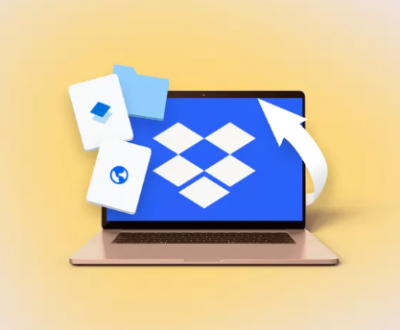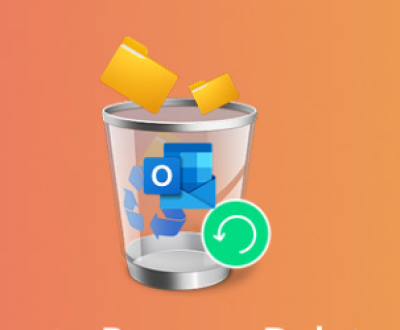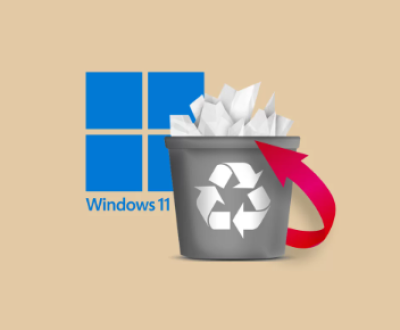A partition is a logical division of a storage device, such as a hard disk drive (HDD), solid-state drive (SSD), or USB stick. Each partition can function as a separate unit, containing its own file system, operating system, and data. This organization allows for better management of data and helps in running multiple operating systems or segregating different types of files. However, corruption, accidental deletion, or improper formatting of partitions can lead to data inaccessibility or loss.
When disaster strikes and data becomes inaccessible due to partition issues, specialized software can help recover lost partitions and files. One such robust tool is TestDisk. It’s an open-source software designed primarily for partition recovery and repair. TestDisk excels at restoring lost partitions and recovering files from damaged storage devices, even in cases where the disk is no longer visible in the operating system.
What is TestDisk?
TestDisk is a powerful free utility, developed by Christophe Grenier, that can repair partition tables, recover lost partitions, and even fix boot sectors on drives that are malfunctioning. Unlike most other disk recovery tools, TestDisk is free, open-source, and available for a wide variety of platforms, including Windows, macOS, and Linux. Due to its command-line interface, it is preferred by advanced users, although detailed guides and community support make it accessible for novices as well.

Originally developed for recovering lost partitions and fixing non-booting disks, TestDisk has grown into an indispensable tool for IT professionals, system administrators, and users who have experienced partition issues.
Understanding Partitions
Before diving into how TestDisk writes partition structures to disk, it’s essential to understand what partitions are and why they are crucial to a storage device’s architecture.
A partition is a section of a disk that functions as an independent storage area. It is crucial because:
File System Management: Different partitions can hold different file systems (NTFS, FAT32. ext4. etc.), enabling compatibility with different operating systems or organizing data separately.
Operating System Segregation: Partitions can host different operating systems, providing flexibility for dual-booting environments.
Data Organization: Partitions help keep data organized. You might have a separate partition for system files and another for personal data.
When a partition is deleted, corrupted, or the file system becomes unreadable, the data stored in that section of the disk may seem lost. This is where TestDisk comes in, offering a lifeline for users to recover data without needing to send the disk to professional recovery services.
How TestDisk Works: Writing Partition Structure to Disk
TestDisk operates by analyzing the disk structure and comparing it with the existing partitions. When partitions are missing or corrupted, TestDisk can identify them using the backup of the partition table or by scanning for residual traces of the old partitions. TestDisk is equipped with an in-depth analysis tool to find lost partitions and rewrite the partition structure back onto the disk.
Here’s an overview of the TestDisk process:
Disk Analysis: TestDisk begins by scanning the disk for existing partitions. This is particularly useful if the partition table (a table that keeps track of all the partitions on a disk) is corrupted or damaged. The software analyzes both the Master Boot Record (MBR) and GUID Partition Table (GPT), depending on the disk’s configuration.
Searching for Lost Partitions: If no valid partitions are found during the initial scan, TestDisk proceeds to search for lost or deleted partitions by analyzing the entire disk, searching for the remnants of previous partitions. It relies on the disk’s metadata, such as signatures of file systems and partition boundaries, to reconstruct the original partition table.
Partition Table Reconstruction: Once TestDisk identifies lost or damaged partitions, it allows the user to review the findings. TestDisk gives users the ability to mark partitions as either Primary, Logical, or Deleted. The user can choose to recover or delete partitions based on their needs.
Writing the Partition Table to Disk: After analyzing and reconstructing the partition structure, TestDisk allows the user to write the recovered partition structure back to the disk. The software takes care to ensure that the new partition table is correctly aligned with the file systems and data on the disk to prevent data overwriting or further corruption. This step is crucial, as an incorrectly written partition table can render the data irretrievable or cause further damage to the storage device.
Rebooting and Accessing the Disk: After writing the partition table back to disk, a reboot is often necessary for the changes to take effect. Upon rebooting, the system should recognize the recovered partitions, allowing access to the files and data.
Partition Writing Process in Detail
The partition writing process in TestDisk is an intricate, multi-step procedure that involves considerable analysis and precision. Here’s a deeper look at some of the mechanisms behind the process:
Disk Signature Detection: TestDisk identifies the signature of various file systems (NTFS, FAT32. ext4. HFS+, etc.) by scanning for boot sectors or superblocks. These signatures contain metadata that can be used to define the start and end of partitions.
MBR and GPT Handling: The Master Boot Record (MBR) is an older partition table format, while the GUID Partition Table (GPT) is a newer standard. TestDisk supports both, allowing users to recover partitions from drives regardless of their formatting style. If the MBR is corrupted or overwritten, TestDisk can search for backup MBRs or GPT headers and reconstruct the lost partition information.
Writing Partitions Non-Destructively: TestDisk operates with a non-destructive approach, ensuring that it doesn’t overwrite existing data while writing new partitions. This careful procedure reduces the chances of causing further damage to a damaged drive.
Alignment with Cylinder Boundaries: In older drives, partition boundaries often needed to align with cylinder boundaries for optimal performance. TestDisk helps ensure that partitions are aligned correctly, even on newer disk technologies, to avoid potential issues with partition misalignment, which can degrade performance or cause file system errors.
Use Cases and Scenarios for TestDisk
There are many scenarios in which TestDisk’s ability to recover and write partition structures to disk proves invaluable:
Accidental Partition Deletion: A common cause of data loss is the accidental deletion of partitions. Whether during a reinstallation of an operating system or through the use of disk management utilities, TestDisk can recover the partition and restore access to the data.
File System Corruption: File systems such as NTFS or FAT32 can become corrupted due to improper shutdowns, virus attacks, or software errors. When this occurs, TestDisk can search for lost partitions and rebuild the partition table to make the data accessible again.
Boot Sector Repair: Sometimes, a system won’t boot because of a damaged boot sector. TestDisk can repair or rewrite the boot sector, allowing the system to boot again and restoring access to the data.
External Drives and USB Recovery: TestDisk isn’t limited to internal drives; it can also be used on external hard drives, USB sticks, and other removable storage media. This makes it a versatile tool for users experiencing issues with portable storage devices.
Advantages of Using TestDisk
Free and Open-Source: One of the biggest advantages of TestDisk is that it is completely free and open-source. There are no hidden costs, and users can access the full functionality without restrictions.
Cross-Platform Compatibility: TestDisk is available on all major platforms, including Windows, Linux, and macOS, making it accessible to a broad user base.
Support for Multiple File Systems: TestDisk supports a wide range of file systems, including NTFS, FAT32. exFAT, ext4. and HFS+. This makes it an excellent tool for multi-system environments.
Non-Destructive: TestDisk takes a non-destructive approach to data recovery, ensuring that existing data is preserved as much as possible.
In the realm of data recovery, TestDisk is a powerful tool that provides users with the ability to recover lost partitions and fix corrupt file systems. Its ability to analyze and rewrite partition structures makes it indispensable for anyone facing disk-related data loss. Whether you are an IT professional or an everyday user, TestDisk offers a comprehensive, user-friendly solution for recovering lost partitions and saving critical data from otherwise inaccessible drives.
Through its detailed disk analysis, the ability to search for lost partitions, and its method of safely rewriting partition tables, TestDisk stands out as a go-to solution in the field of disk recovery. Its non-destructive nature and platform versatility further ensure that users can rely on it to restore critical data with minimal risk.
About us and this blog
Panda Assistant is built on the latest data recovery algorithms, ensuring that no file is too damaged, too lost, or too corrupted to be recovered.
Request a free quote
We believe that data recovery shouldn’t be a daunting task. That’s why we’ve designed Panda Assistant to be as easy to use as it is powerful. With a few clicks, you can initiate a scan, preview recoverable files, and restore your data all within a matter of minutes.

 Try lt Free
Try lt Free Recovery success rate of up to
Recovery success rate of up to









